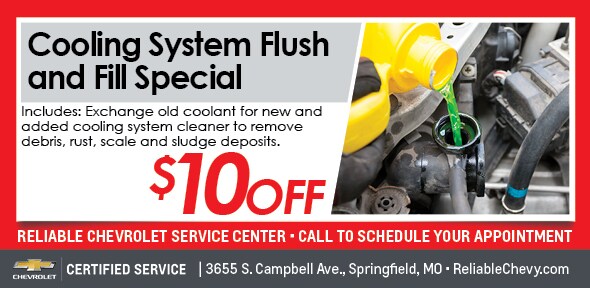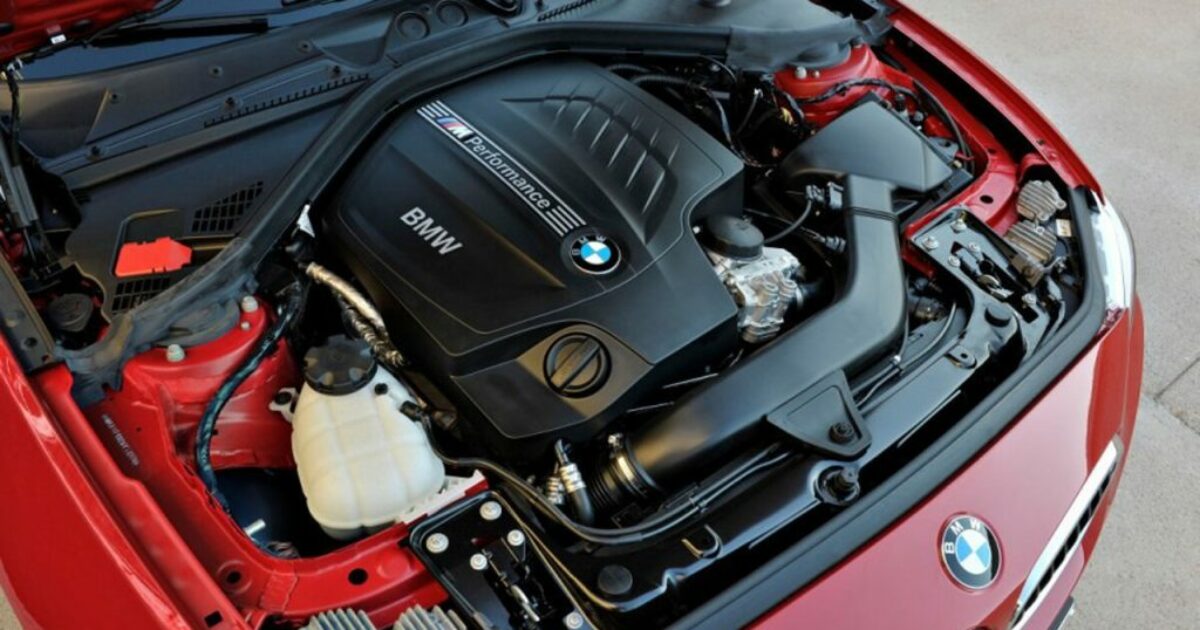
Many of these automotive parts are linked together using brake lines and hoses that use brake fluid to transmit and amplify forces. So if it isn’t in the best condition, you may compromise several working automotive or brake parts. Your brake system is important for your safety.

To ensure your brake system has healthy and fresh brake fluid, a certified technician will conduct a brake system flush. Like most fluids in your car, the brake fluid needs to be replaced eventually, usually as a precautionary measure.īrake fluid can degrade by picking up dirt, metal, rubber debris, etc., over time. Here are some answers to FAQs on the brake system and brake fluid exchange: 1.
Jetta coolant flush cost in san diego manual#
If you can’t find the brake fluid reservoir, check your owner’s manual for help and other related data. To check the brake fluid level, take a look at the brake fluid reservoir located in your engine bay. You probably need an immediate brake fluid flush if you detect a brake fluid leak.Ī brake fluid leak hampers the braking efficiency since the force transmitted through the brake line is reduced. In such a case, you need a brake flush because driving with burnt brake fluid can lead to other major brake issues, including total brake failure. Common strange sounds include scraping or grinding noises.īurning smells after braking can also indicate that you’ve burnt out the brake fluid. If you hear strange sounds when braking, it could be due to low brake fluid or a different brake system issue.

This system prevents your wheels from locking up to avert skids and maintains traction during braking.Īnd if your car has low brake fluid (which may translate to poor braking performance), it’ll automatically turn on the ABS system to allow safe braking. The ABS dashboard light indicates a problem with your anti-lock braking system. If so, it’s time for a brake fluid flush service. Inspect the brake fluid to see if it’s brown, black, or sludgy. Only they can tell if you need a brake job or another repair service to rectify your car’s brake performance. So it’s best to get your brake system components inspected by a certified technician. Bad braking efficiency can also happen due to an underlying problem, like damaged tire tread, shocks, or struts. However, it can also mean something else if the brake system is struggling, such as brake caliper, brake pad, or brake rotor issues. Poor brake performance can signify contaminated or bad brake fluid, which requires a brake flush. This indicates you need a brake fluid change.

You may also notice that you need to push the brake pedal entirely to the bottom before it slows and stops your car. Over time, moisture will accumulate in the brake fluid (a hydraulic fluid), resulting in a spongy or soft feel when you press the brake pedal. However, you’ll also need a brake system flush when certain symptoms show up, like: 1. This’ll prevent a deeper, more expensive brake system repair - like total brake failure. For car maintenance, it’s recommended you get a brake fluid flush every two years or 30,000 miles, depending on your driving and braking patterns.


 0 kommentar(er)
0 kommentar(er)
